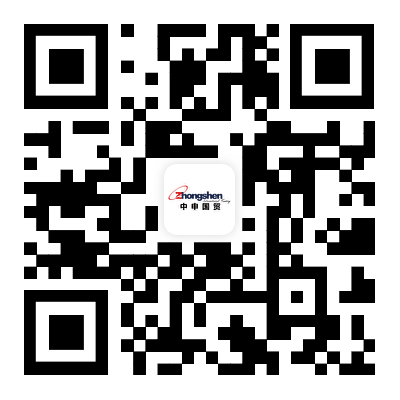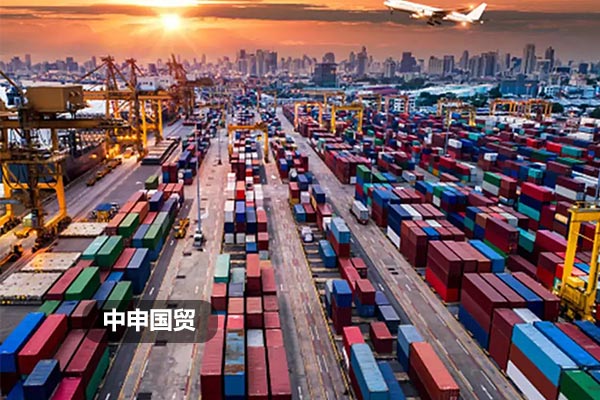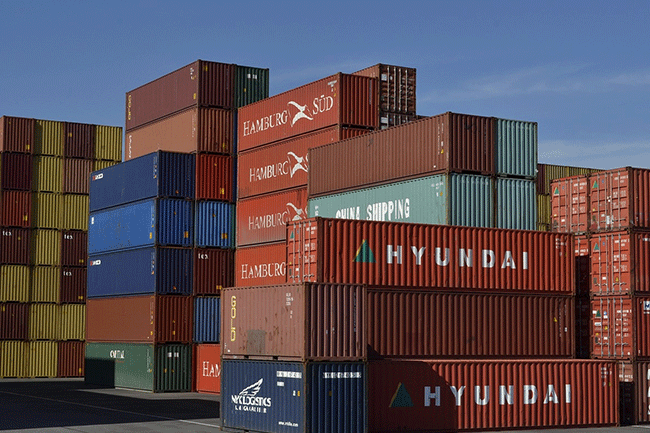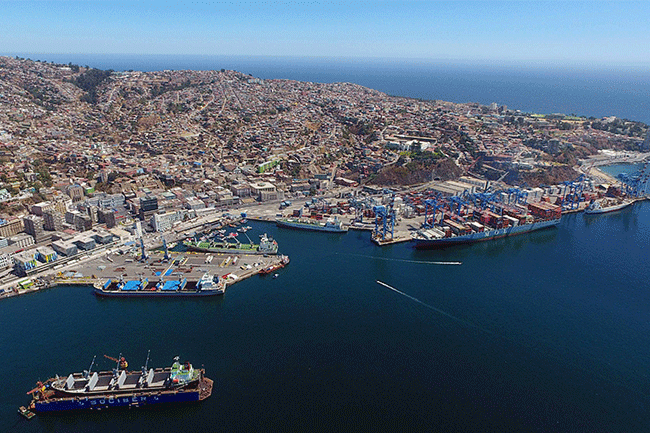- Shanghai Zhongshen International Trading Co., Ltd. – Your reliable partner with 20 years of import/export agency service expertise.

1. Analysis of the current state of coffee trade between China and Australia and import opportunities
In recent years, China's coffee consumption market has continued to expand, with an annual growth rate of over 15% for freshly ground coffee, driving up the demand for Australian premium coffee imports. Since the China-Australia Free Trade Agreement (ChAFTA) came into effect, the import tariffs on Australian coffee beans (HS codes 09012100/09012200) have been reduced to 0%. Coupled with the customs clearance facilitation brought about by the thawing of Sino-Australian relations in 2023, the import costs have been significantly optimized. However, it should be noted that the global coffee market is currently facing challenges such as high prices, oversupply, and declining consumption in developed countries, which may affect the future development of the Chinese coffee market.Maritime transportThe price fluctuations (such as the 8-percent increase in container freight rates on the Australia-China route in the fourth quarter of 2023) and the increasingly stringent supervision of imported food by Chinese customs (the new regulations on import food labels implemented in 2024) have had a significant impact on the import of food products.Import Agent Servicesplaces higher demands on professionalism.
II. Core competencies of import agents: Professional control of documents and logistics
(I) Document Handling: The "Passport" for Full-Chain Compliance
Importing Australian coffee requires preparing more than 10 types of key documents, each of which directly affects the customs clearance efficiency and the enterprise's costs:
- Basic Commercial Documents: The commercial invoice (which must indicate the transaction method, such as FOB/CIF) and the packing list (which lists the packaging specifications and gross/net weights) must be fully consistent with the contract to avoid customs questioning of "document-cargo mismatch".
- Officially certified document: The health certificate (proving no microbial contamination) and the phytosanitary certificate (confirming no pests or diseases) issued by the Australian Department of Agriculture are mandatory inspection items. It is necessary to focus on reviewing the validity period (usually 6 months) and the completeness of the signature and stamp on the certificates.
- Free Trade Agreement Preferential Certificate:FORM AOrigin Certificate(It is required for Australian exporters to apply to the local chamber of commerce.) This is the core basis for enjoying a 0% tariff. Our company can assist in reviewing the certificate format (e.g., the "origin standard" in column 8 needs to be marked as "WO" or "PSR"), ensuring that it meets the requirements of the General Administration of Customs' Announcement No. 23 of 2023.
- transportation documents: The sea freight bill of lading (B/L) needs to verify the information of the "notifying party" and the "consignee". If it is a telex release bill of lading, it is necessary to confirm the telex release fee and the process with the shipping company in advance.
(II) Logistics management: transit-time control from port of loading to port of discharge
The logistics solution needs to be formulated based on a comprehensive consideration of factors such as the volume of goods, delivery time, and cost.
- Selection of transportation methods: For small batch trial orders (10 tons), FCL (full container load) is preferred to reduce the risk of cargo damage. The shipping route from Sydney to Shanghai takes about 15-20 days, and it can be combined with multimodal transport such as "sea + rail" (e.g., via Qingdao).China-Europe Railway Expressto inland), shortening domestic distribution time;
- Cold chain and special requirements: Freshly roasted coffee (with a moisture content of >12%) requires the use of temperature-controlled containers (Reefer), with a set temperature of 18-22°C and a humidity of 60-70%. Our company can coordinate with shipping companies to provide temperature log sheets (Reefer Temperature Log) for customs inspection.
- Speed up customs clearance at the port of destination: Complete the pre-declaration of the "Single Window" three days in advance, submit electronic documents (such as scanned copies), and cooperate with the customs' "two-step declaration" mode (outline declaration + full declaration). This can reduce the customs clearance time from 5-7 days to 2-3 days.
III. Expansion of Business with Russia: VTBConvert foreign exchange into RMBAdvantages help with multi-regional layout
Some clients are involved in the coffee business with RussiaRe-export Services(For example, if Australian coffee is transited through China to Russia), our company relies on our cooperation with VTB Bank (Russia) to provide efficient and reliable logistics services to ensure the smooth delivery of goods.foreign tradeThrough long-term cooperation with banks, we provide foreign exchange settlement convenience:
- Advantages of settling in local currency: Support direct settlement in RMB and rubles to avoid the risk of US dollar exchange rate fluctuations (the fluctuation range of the US dollar/ruble exchange rate reached 12% in 2023);
- Quick deposit service: VTB has established a direct SWIFT connection channel with major domestic banks (such as the Bank of China), shortening the time required for cross-border remittances to 1-2 working days (compared to the usual 3-5 days).
- Compliance guarantee: As a systemically important bank in Russia, VTB is familiar with the compliance requirements of Sino-Russian trade sanctions (such as OFAC list screening) and can assist clients in avoiding the risk of "secondary sanctions".
IV. Guidelines for the Full Process of Import Agency Operations (Taking Australian Coffee as an Example)
1. Customer Inquiry: In-depth Diagnosis of Requirements
It is necessary to specify the coffee variety (Arabica/Robusta), roasting degree (light roast/dark roast), packaging specifications (25kg woven bags/1kg aluminum cans), and import quantity (first order 5 tons/long-term monthly average 20 tons). At the same time, confirm whether there is any transshipment to Russia, so as to match the logistics and foreign exchange settlement solutions.
2. Negotiation and Contract Signing: Risk Control of Terms
The key points of the review include trade terms (it is recommended to use CIF Shanghai, with the agent controlling the transportation risk), payment methods (30% prepayment + 70% upon receipt of the bill of lading copy to avoid the risk of money and goods being lost simultaneously), and quality clauses (specifying indicators such as moisture content ≤ 12% and impurities ≤ 0.5%, which will serve as the basis for third-party inspections).
3. Order and Payment: Financial Security Assurance
Through a bank guarantee (L/G) or?L/C?(L/C) Locks the payment terms. If T/T is used, our company can provide foreign exchange locking services (locking the exchange rate with a ±0.5% fluctuation range), thereby reducing exchange rate losses.
4. Production supervision: Quality control at the source
Coordinate with third-party organizations such as SGS to conduct on-site inspections of Australian factories, verify the consistency of raw material batches with the COA test reports, ensure that the production environment meets HACCP standards, and check the packaging labels (with Chinese and English versions) to indicate the "Country of Origin: Australia".
5. Logistics Management: Full-Process Visualized Tracking
Through the API interface of the shipping company, we can monitor the location of containers in real time (latitude and longitude, arrival time) and send early warnings (such as delays exceeding 24 hours). At the same time, we can update the customer's logistics progress schedule in a timely manner.
6. Customs Compliance: Precise Calculation of Taxes and Fees
According to HS code 09012100 (unroasted Arabica), the tariff is 0% and the value-added tax is 13%, resulting in a comprehensive tax rate of 13%. If an inspection is required (with a probability of about 5-8%), our company can assist in preparing samples (500g/sample) and written explanations (such as "the moisture exceeds the standard due to changes in transportation humidity"), thereby reducing the risk of return shipment.
7. Delivery and Distribution: Optimizing Domestic Distribution
After customs clearance, we offer two options: direct delivery to the client's warehouse (subject to prior confirmation of unloading conditions) or storage in a bonded warehouse (Shanghai Waigaoqiao/Qingdao Qianwan), supporting "phased warehouse release" to reduce the client's inventory pressure.
8. Quality Assurance: Check again after the goods arrive at the port
Cooperate with the customs' sampling inspection (items: pesticide residues, aflatoxin B1). If the inspection results are unsatisfactory (with a probability of less than 2%), assist in initiating the process of returning or destroying the goods, and claim compensation from the Australian supplier in accordance with the quality provisions of the contract.
9. Summary and feedback: Archive all process-related data
Provide the "Import Execution Report", which includes time nodes (placing an order - loading the ship - customs clearance - delivery), cost details (sea freight, customs duties, port charges), and document archiving (scanned copies stored in the customer's exclusive cloud drive), to complete the final settlement.
5. Compliance Alert: Certification Requirements and Risk Avoidance
Importing Australian coffee requires completing two core certifications, but our company does not directly provide processing services for them.
- Registration of Overseas Manufacturing Enterprises with the Chinese Customs: Australia's coffee factories need to register with the General Administration of Customs' "Registration and Management System for Overseas Food Production Enterprises" (Decree No. 248). Our company can assist in verifying the validity of the registration number (format: AUS + 6-digit number).
- Australian local food production license: It is necessary to hold an AUS-FOOD certification (issued by the Australian Food Standards Agency, FSANZ). We recommend that clients request the supplier to provide a copy of the certification before signing the contract, and our company can assist in verifying the authenticity of the certification.
Common risks include: labels not affixed in Chinese (the new regulations in 2024 require the mandatory marking of "production date" and "shelf life"), missing ingredient testing reports (such as caffeine content exceeding standards), and expired certificates (health certificates that have exceeded their validity period will be returned by customs). Our company can provide label pre-review (to check content compliance) and certificate expiration reminders (with a 30-day advance warning), helping clients avoid operational errors.
In summary, importing Australian coffee requires taking into account trade policies, document compliance, and logistics efficiency. Choosing a professional agent can significantly reduce operational risks. Our company has extensive experience in this field and is committed to providing high-quality services to ensure the smooth import of Australian coffee.Export Agent ServicesIn 2020, with a service capability of zero errors in documents (99.8%) and industry-leading customs clearance efficiency (an average of 3.2 days), we helped enterprises build an efficient and safe import channel.
Core business
Contact Us
Email: service@sh-zhongshen.com
Related recommendations
Contact us on WhatsApp

? 2025. All Rights Reserved.









